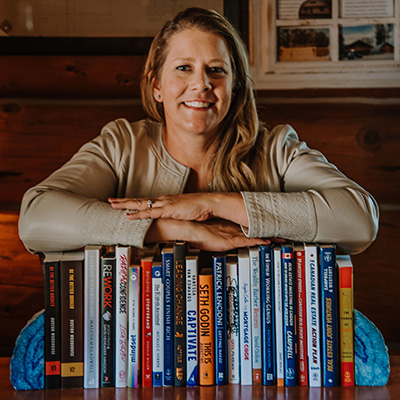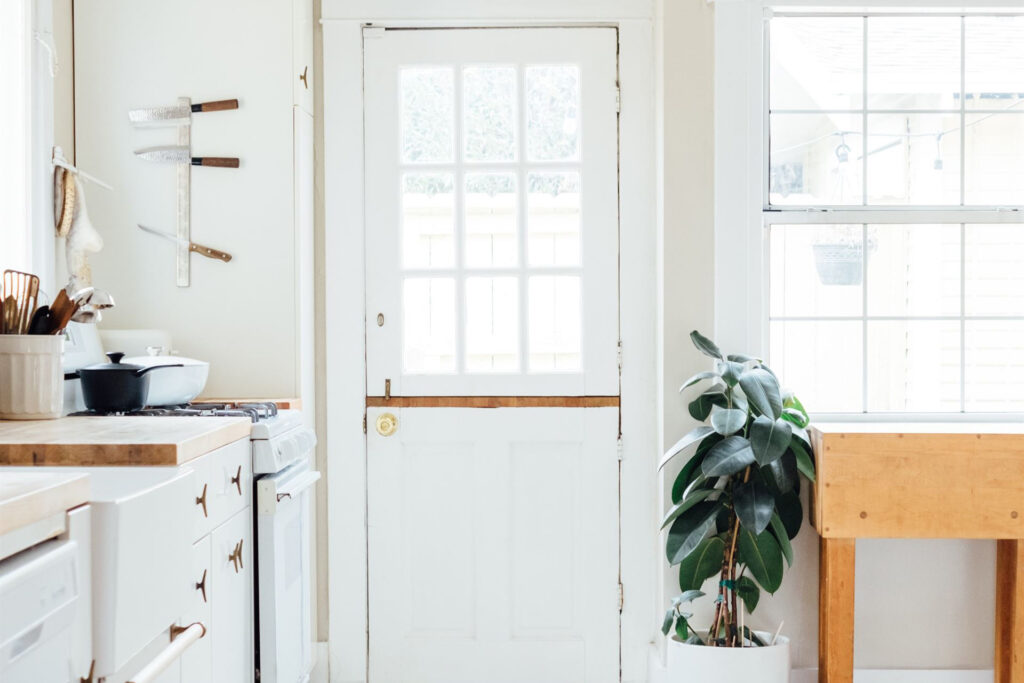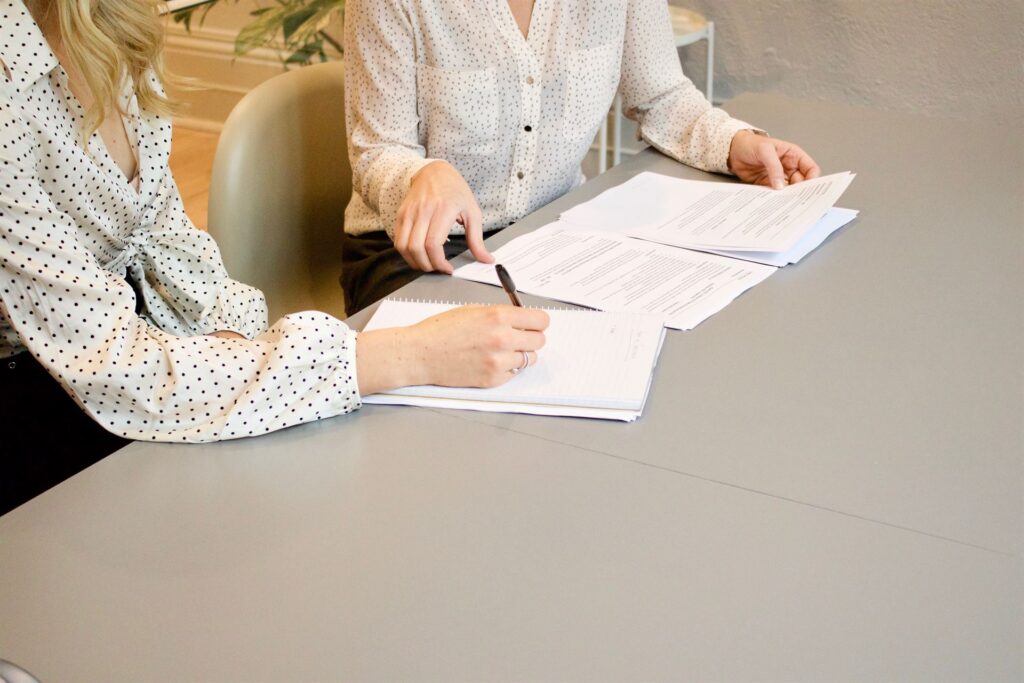One of the trickier parts of the mortgage approval process can be verifying your down payment. Providing the right documentation can be a pain point depending on your situation.
Why do Lenders need to Verify Down Payment?
First things first, why do we even need to verify your down payment? It’s all about compliance with the Money Laundering and Terrorist Financing Act of Canada. Lenders need to ensure that the money you’re putting down is coming from legitimate sources. It might sound like a hassle, but it’s essential for preventing fraud and keeping the financial system safe.
Acceptable sources
Let’s break down the acceptable sources for your down payment and how to verify each one.
1. Personal Savings
The good old-fashioned way – saving up! Your personal savings can be in bank accounts or investment accounts like savings, chequing, GICs or TFSAs. Unfortunately, the stash of cash under your mattress won’t make the cut
How to verify:
- Provide bank statements from the last 90 days showing your name, account number(s), and balance history
- Explain large non-payroll deposits (over $1,000). If you transferred $1,000 from one account to another, we will need to request the 90 day history of the account the money moved from.
- Another example would be if you sold your old clunker for $3,000, be ready to show a bill of sale and the original registration
2. RRSPs
Many first-time homebuyers take advantage of the Home Buyers’ Plan (HBP), which allows you to borrow up to $60,000 from your Registered Retirement Saving Plan tax-free as long as the money is repaid within 15 years. You will also need to complete a form T1036 in order to avoid having to pay penalties upon withdrawing from your RRSP.
How to verify:
- Provide bank statements from the last 90 days showing your name, account number(s), and balance history
- Show that the funds have been in your RRSP account for at least 90 days
- Complete form T1036 to avoid penalties
- We often need to see the money withdrawn into your personal account but we will guide you through this as we progress your application
3. First Home Savings Account
The First Home Savings Account (FHSA) is a registered savings account that provides first-time home buyers with certain tax advantages. This account lets first time buyers make tax deductible contributions of up to $8,000 per year, up to a lifetime maximum of $40,000.
How to verify:
- Unlike your RRSP, there is no minimum time that your money needs to be in the FHSA account but we do need to track the money back to the source for the 90 days before your mortgage application is approved
- Provide bank statements from the last 90 days showing your name, account number(s), and balance history
4. Cash gifts
Need a little help from the bank of Mom and Dad? For the most part, gifts need to come from immediate family. If your gift is coming from anyone other than mom or dad, call me.
How to verify:
- Your giftor will need to sign a lender-provided letter stating that the money is a gift and not a loan
- Provide a bank statement with your name, account number(s), and transaction history showing the transfer into your own account, ideally 15 days before the closing date.
5. Home sale proceeds
Already own a home? Using proceeds from its sale is another viable option.
How to verify:
- We will request a copy of the fully executed Agreement of Purchase and Sale that is signed and accepted by both you and the buyer.
- If you have a mortgage on your current property, you will also be asked to submit a copy of your most recent mortgage statement.
6. Non-Canadian funds
Bringing funds from outside the country? Ensure they’re in your Canadian account for at least 30 days before calling. Call me if you plan to use Non-Canadian funds.
How to verify:
- You will need to provide a 90-day history of the origin(s) of the funds, copies of the wire transfer, and possibly additional account history such as statements of the foreign account(s). Be aware that some overseas banks may require sufficient lead-time to obtain the necessary information. It’s advisable to plan for verification of this down payment source well in advance.
7. Borrowed funds
Yes, it is possible to borrow money for your down payment, but this will impact your pre-approval since it adds to your liabilities
- Refinance to take out cash or set up a Home Equity Line of Credit: If you have enough equity in your current home we can look at refinancing or setting up a Home Equity Line of Credit to be used as down payment on a new home
- Unsecured borrowing such as a Personal Line of Credit: This is possible but the rest of your application has to be aces!
How to verify:
- If you are looking to use borrowed funds, let’s talk.
Let’s Chat!
If your down payment strategy is a bit different from these options, don’t sweat it—just give me a call. We can discuss your unique situation and find a solution that works for you.
By understanding these requirements and preparing your documentation in advance, you’ll be one step closer to securing your dream home. So, let’s tackle this together and make your home-buying journey as seamless and enjoyable as possible!

Hi, I’m Jill, your mortgage pro. I am here to make the world of mortgages less confusing so you can feel confident in your financial decisions. Through my blog, I aim to provide you with the knowledge and guidance you need to make informed decisions. Your financial peace of mind is my top priority.




